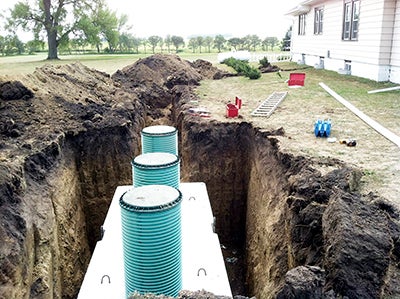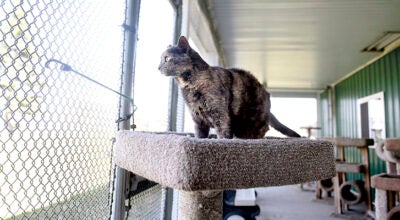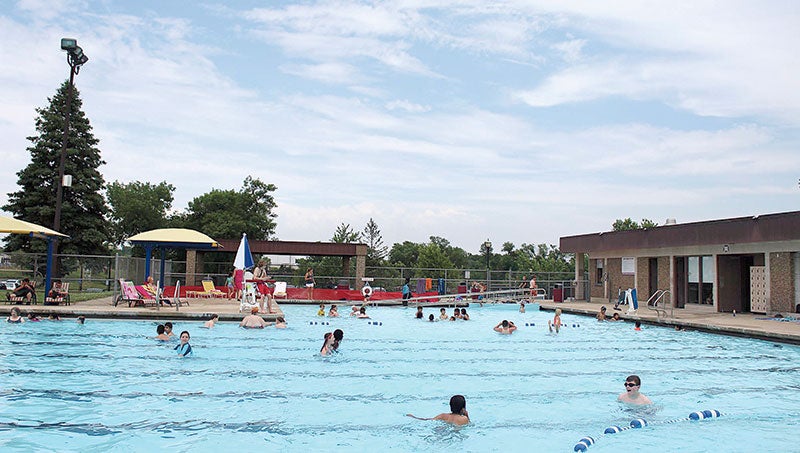Fall important time for septic maintenance
Published 6:50 am Wednesday, October 7, 2020
|
Getting your Trinity Audio player ready...
|
As October begins, Mower County staff is urging everyone with a septic system to follow all recommendations for fall maintenance.
October is an ideal time to get a septic tank pumped because once heavy snow covers the area, locating the system’s cover becomes difficult, said Angela Lipelt, supervisor of Mower County Environmental Services.

Fall is a good time to look at septic system maintenance. Photo provided
Septic owners who need to pump their tank should do that soon; pumping should be avoided from November to April, unless there’s an emergency.
Septic tanks are recommended to be checked once every three years. Most people also will have their septic tank pumped at the same time to remove all solids to avoid accumulation that causes home backups or other problems in winter. A pumping schedule, however, should be based on the number of people living in a home, size of the septic system and water-use habits. Online resources, including from the University of Minnesota, are available to determine a pumping schedule.
A septic professional – in addition to pumping a tank – will generally inspect the tank for damage or leaks, ensure the lid is secure and water-tight, check the tank baffles, clean the filter (if there is one), replace faulty pumps and motors, check the electrical wiring and alarms and inspect the drainfield for damages, ponding or drainage issues.
“Everyone with a septic system needs to pump the tank eventually,” Lipelt said. “Some septic owners proudly say to me that they have never had to pump their tank, but that actually is a definite sign that there is no system present and the outlet is a tile line that goes to a river, stream, ditch, wetland or other surface feature.”
Owners of septic systems are also advised to keep the area clear around the maintenance cover. Removing leaves and other yard debris can make the septic tank easily accessible during an emergency.
Heavy equipment, vehicles and repetitive activities – such as snowmobiling and dirt biking – should be kept off a septic system’s drainfield because they could damage the drainfield or cause premature failure of what is a costly system. Lawn mowers, including riding lawn mowers, are okay to use to mow the drainfield area, but only when soils are dry.
Trees and shrubs should also not be planted on or near a septic system because the roots will break through the pipes. University of Minnesota offers a helpful online guide called “Landscaping Septic Systems.”
Things that septic owners can do themselves this fall and other times of the year include:
• Cleaning and inspecting an effluent filter, if their system has one;
• Inspecting its electrical system for any loose or frayed wires;
• Walking around their drainfield to look for water surfacing or ponding. If so, contact a septic professional to get it repaired or replaced to avoid issues during winter;
• Avoiding the plowing of snow off the SSTS area or storing plowed snow over the drainfield;
• Stopping the mowing of grass covering the drainfield to allow it to have a “winter blanket” to insulate the system;
• Insulating a new septic system with straw before the winter freeze if grass has not been established yet; and
• Fixing any leaks in your home.




